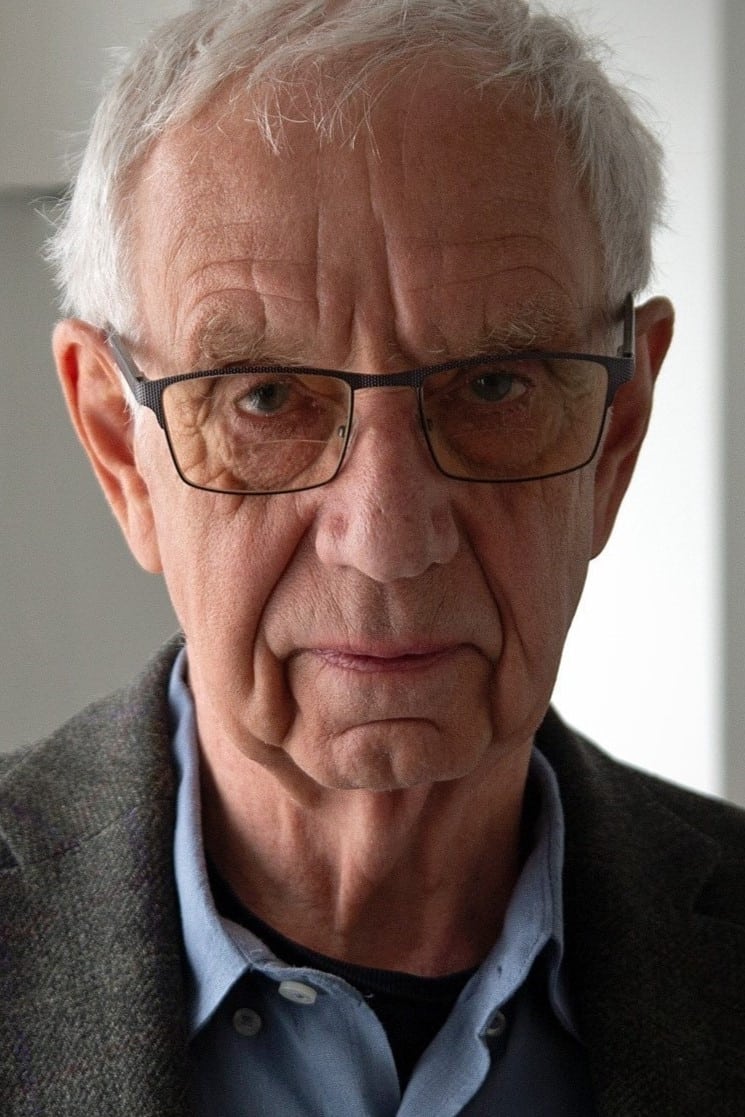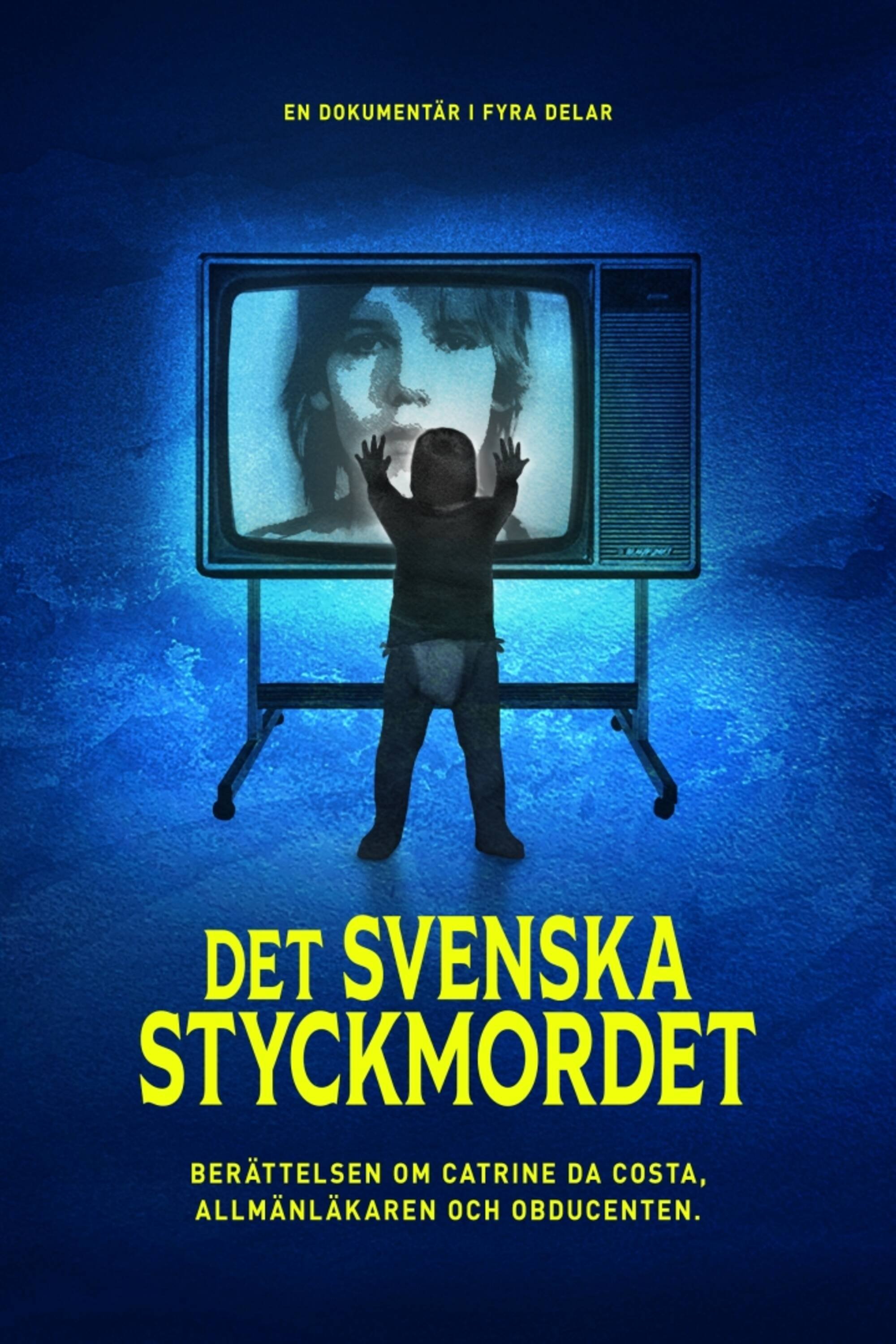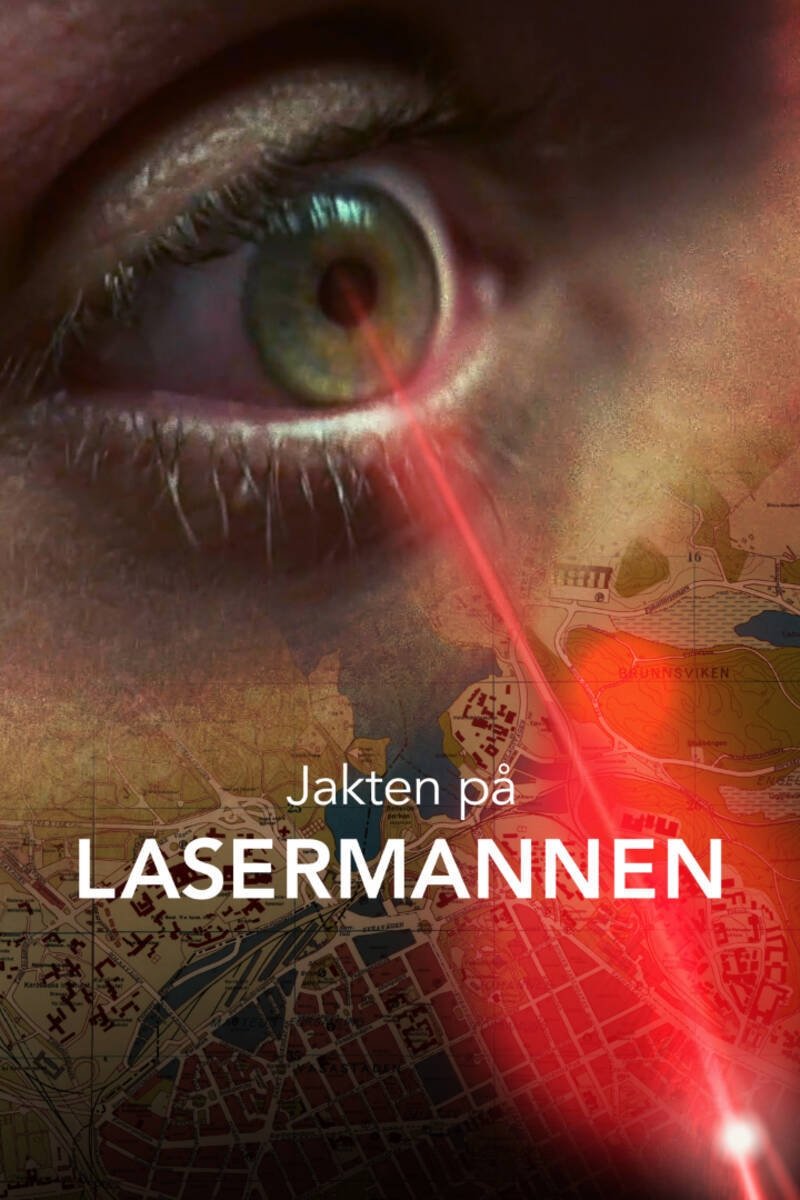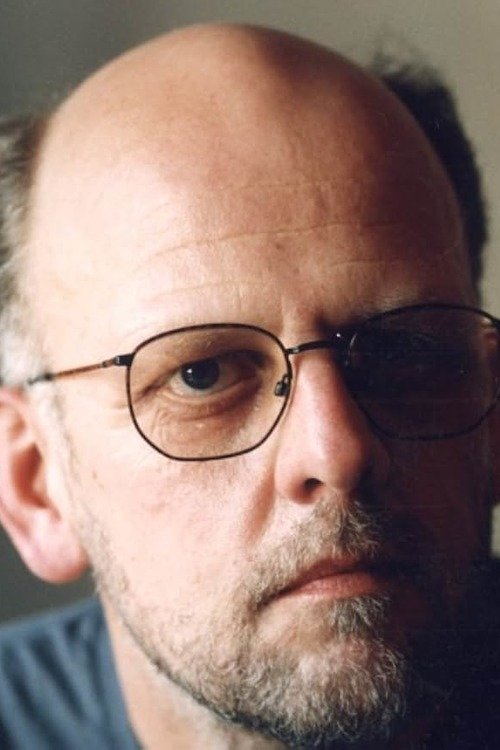

40 years ago, a woman was found dismembered under a highway in Stockholm. It was the beginning of what would become Sweden's strangest and most controversial legal process: the Catrine da Costa case. The two doctors Teet Härm and Thomas Allgén were identified as guilty of the dismemberment. But how did the legal system actually come to the conclusion that they were guilty?

This is the series about one of Sweden's biggest murder investigations. Two murders that shook the whole of summer Sweden with mindless violence and that terrified an entire community.

Johanna Möller, becomes known as "Arbogakvinnan" and is sentenced to life imprisonment for being the mastermind behind the acclaimed "Sommarstugemordet", in Sweden, 2016.


Margit Norell - the woman behind the serial killer that was not there. She was a psychotherapist at Säters psychiatric clinic and supervised the psychologists and therapists in the 1990s treatment of Thomas Quick. The treatment method, based on object relations theory, focused on the development of repressed childhood memories with psychotherapy. In the case Thomas Quick argued that abuse in childhood meant that he started murdering people in adulthood. Whereupon Quick admitted one murder after another, and finally was convicted of eight murders.

During the 1990s, Thomas Quick confessed to one unsolved murder after another, becoming, in the words of the father of one of his alleged victims, "a ghost who ran through Scandinavia killing more than 30 people".
Jan Olsson, born 1936, is a retired Swedish criminal inspector and author. He has worked on many of the most talked about cases in Swedish criminal history, such as the Norrmalmstorg drama, the Bombman, the Laserman, Thomas Quick and Norbert Kröcher.
By browsing this website, you accept our cookies policy.